In the fascinating world of avian evolution, some birds have developed remarkable survival strategies that defy our expectations. Among these extraordinary adaptations, few are as intriguing as the ability of certain species to mimic predators. This deceptive behavior represents one of nature’s most sophisticated survival mechanisms, allowing otherwise vulnerable birds to ward off threats through elaborate impersonation. The drongo birds of Africa and Asia, the lyrebird of Australia, and several other species have mastered this evolutionary sleight-of-hand, using visual displays, vocalizations, and behavioral mimicry to create convincing predatory illusions. This remarkable adaptation showcases the incredible ingenuity that can emerge through natural selection, turning potential prey into convincing mimics of the very creatures they fear.
The Master of Deception: The Fork-Tailed Drongo
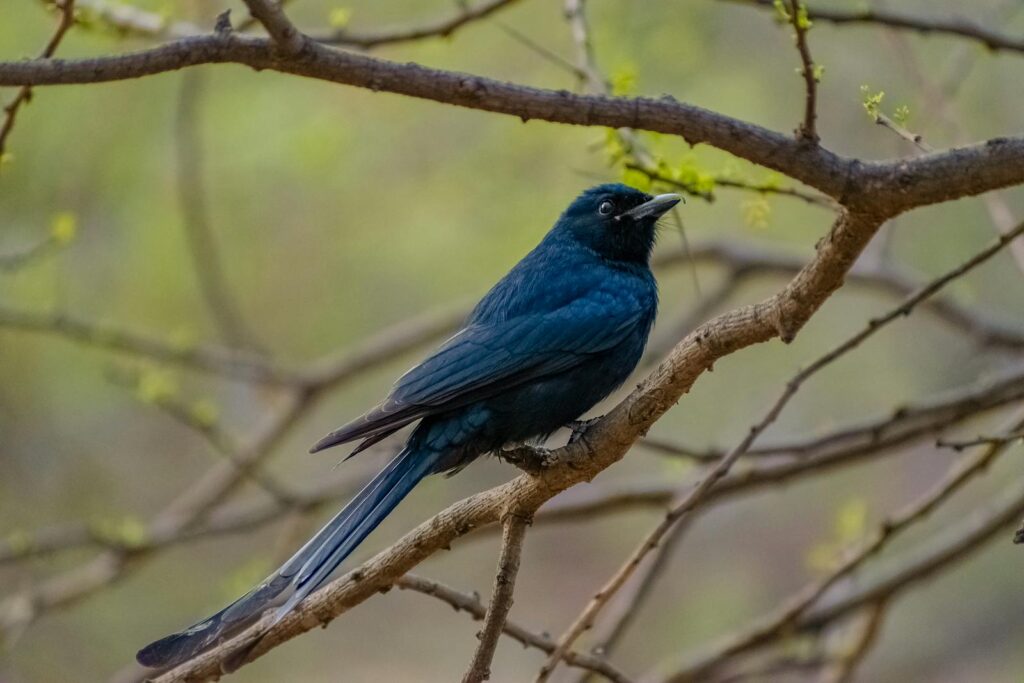
The fork-tailed drongo (Dicrurus adsimilis) stands as perhaps the most accomplished avian impersonator in the animal kingdom. Native to sub-Saharan Africa, this glossy black bird with distinctive red eyes has developed an extraordinary ability to mimic the alarm calls of numerous other species. Research has shown that drongos can accurately reproduce the warning cries of at least 45 different animals, from birds to mammals. This remarkable vocal flexibility allows them to create chaos in their environment, scaring away other animals from food sources the drongo then claims for itself. Scientists have documented drongos employing sophisticated tactical deception, varying their mimicked calls when targets grow wise to their tricks—a level of adaptive intelligence previously thought beyond avian capabilities.
The Lyrebird: Australia’s Sonic Mimic
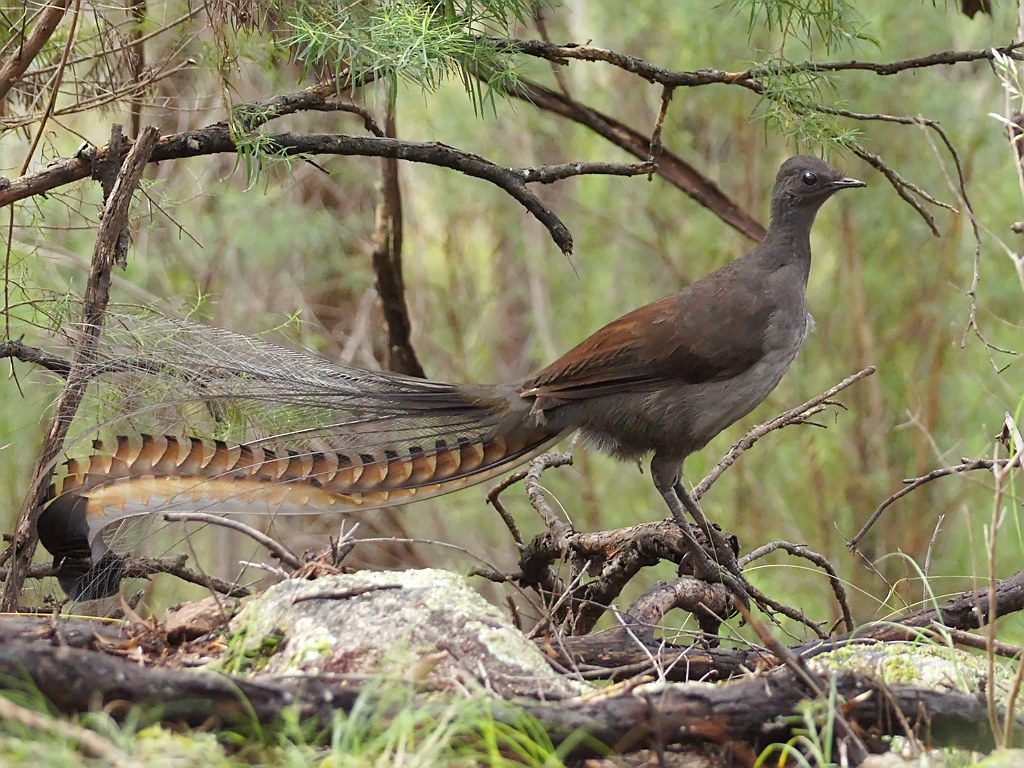
The superb lyrebird (Menura novaehollandiae) of Australia has earned worldwide fame for its extraordinary vocal abilities, which include mimicking predatory birds with startling accuracy. These ground-dwelling birds can reproduce the calls of powerful hunters like hawks, eagles, and falcons with such precision that even experts can be fooled. The lyrebird’s syrinx—the avian equivalent of a voice box—is exceptionally complex, allowing it to produce virtually any sound it hears in its environment. During mating displays, male lyrebirds often incorporate predator calls into their repertoire, possibly to demonstrate their vocal prowess to potential mates. Researchers believe this ability may also serve as a defensive mechanism, creating an acoustic illusion that predators are present in the area, deterring other threats from approaching.
The Cinereous Mourner: Toxic Caterpillar Mimicry
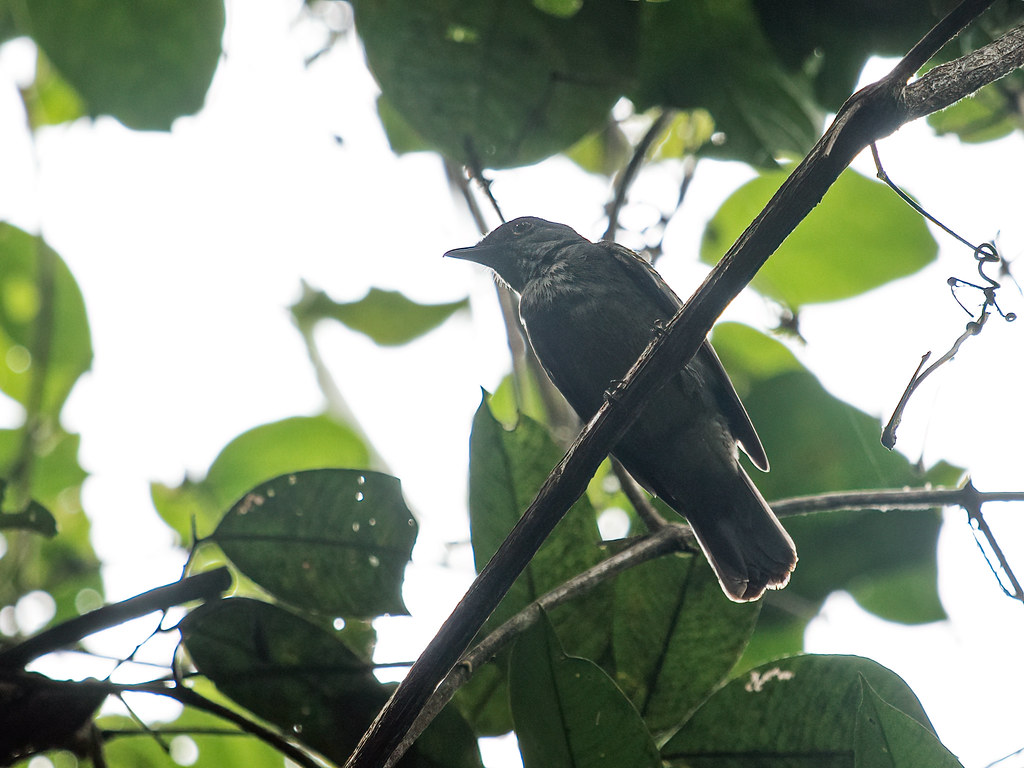
In the Amazon rainforest, the cinereous mourner (Laniocera hypopyrra) has evolved one of the most visually striking predator-mimicking strategies in the avian world. Rather than mimicking another predator, however, the nestlings of this species have developed plumage and behaviors that closely resemble toxic caterpillars. The chicks sport bright orange feathers with black spots and barbs that bear an uncanny resemblance to several species of poisonous caterpillars found in the same habitat. When disturbed, the nestlings enhance this deception by performing slow, side-to-side movements that mimic a caterpillar’s crawl, complete with head swaying. This elaborate visual mimicry effectively deters predators that would typically prey on nestlings but avoid the dangerous caterpillars the young birds so convincingly impersonate.
Burrowing Owls: The Rattlesnake Soundalikes
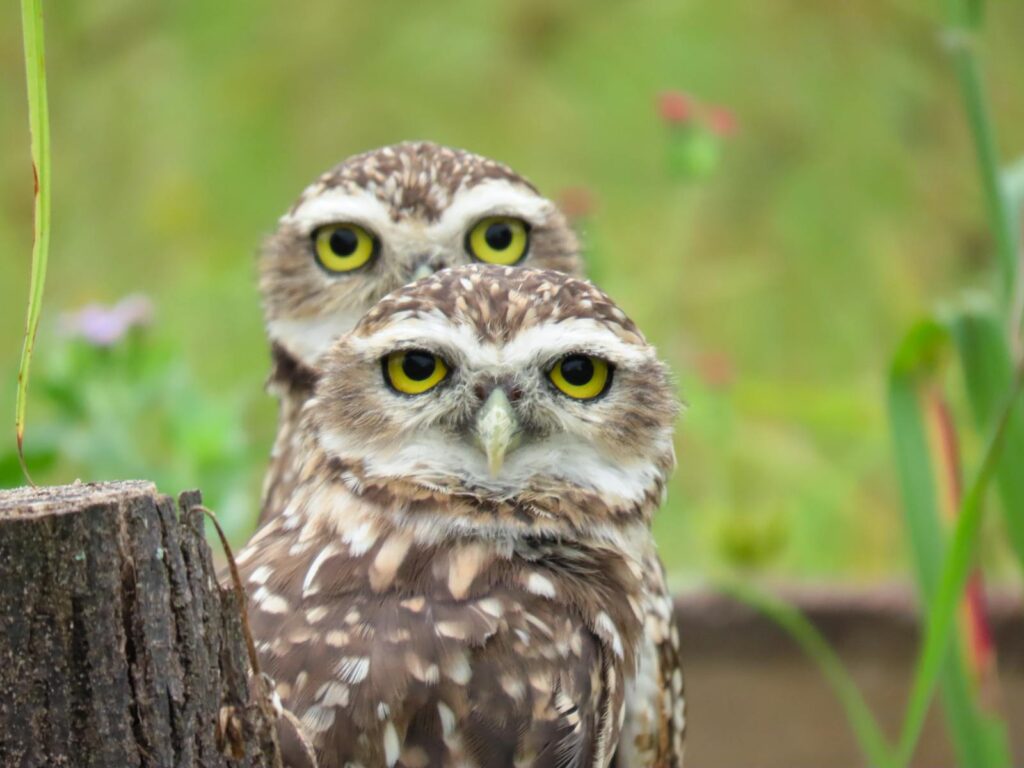
The burrowing owl (Athene cunicularia) demonstrates another fascinating example of acoustic mimicry with predatory benefits. These small, ground-dwelling owls have developed the remarkable ability to imitate the warning rattle of a rattlesnake when threatened inside their burrows. This sonic deception proves highly effective at deterring mammalian predators like foxes and coyotes, which instinctively retreat from the distinctive sound of a potentially deadly snake. The mimicry is most commonly employed by nesting females and young owls when they sense danger approaching their underground homes. Research has shown that the accuracy of this mimicry varies among individual owls, with some producing sounds nearly indistinguishable from actual rattlesnakes to human ears, while others create a more generalized hissing rattle that still effectively communicates the presence of a dangerous predator.
The Greater Racket-tailed Drongo: Strategic Mimicry
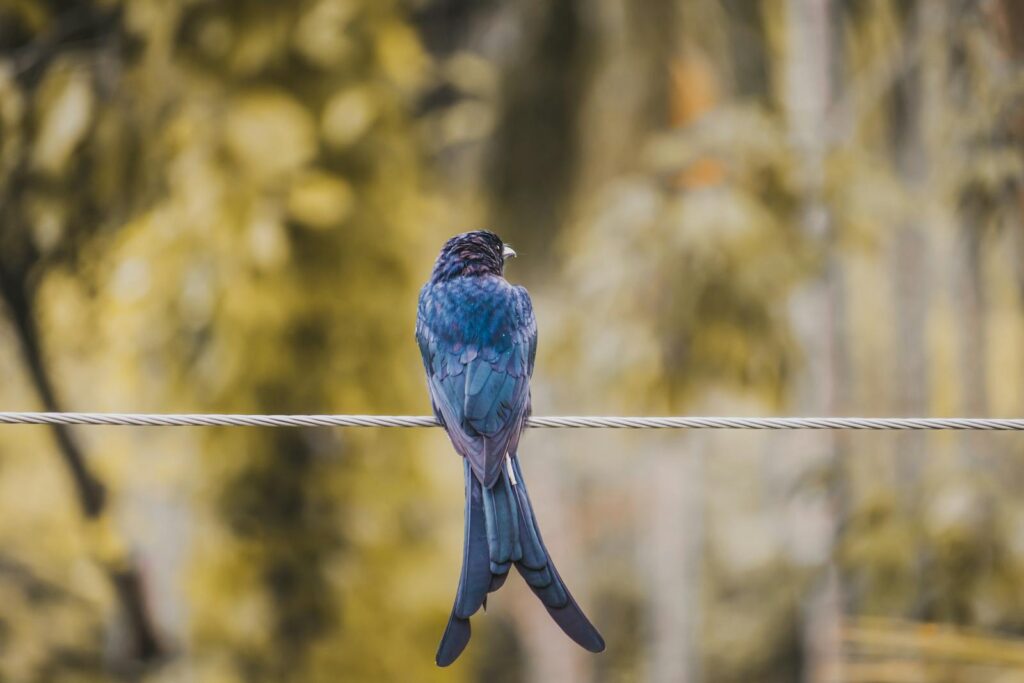
The greater racket-tailed drongo (Dicrurus paradiseus) of Southeast Asia demonstrates perhaps the most sophisticated tactical application of predator mimicry among birds. These intelligent creatures have been observed to employ different mimicked calls depending on the specific situation they face. When threatened by smaller birds, they might imitate the calls of sparrowhawks or other raptor species known to prey on those particular birds. When facing mammalian predators, they switch to mimicking the alarm calls of other mammals or larger birds of prey. Most remarkably, studies have documented these drongos learning and updating their mimicry repertoire based on the effectiveness of different calls, actively adapting their deceptive strategies over time. This level of situational awareness and tactical flexibility demonstrates a cognitive sophistication previously underappreciated in avian species.
The Evolutionary Advantage of Predator Mimicry
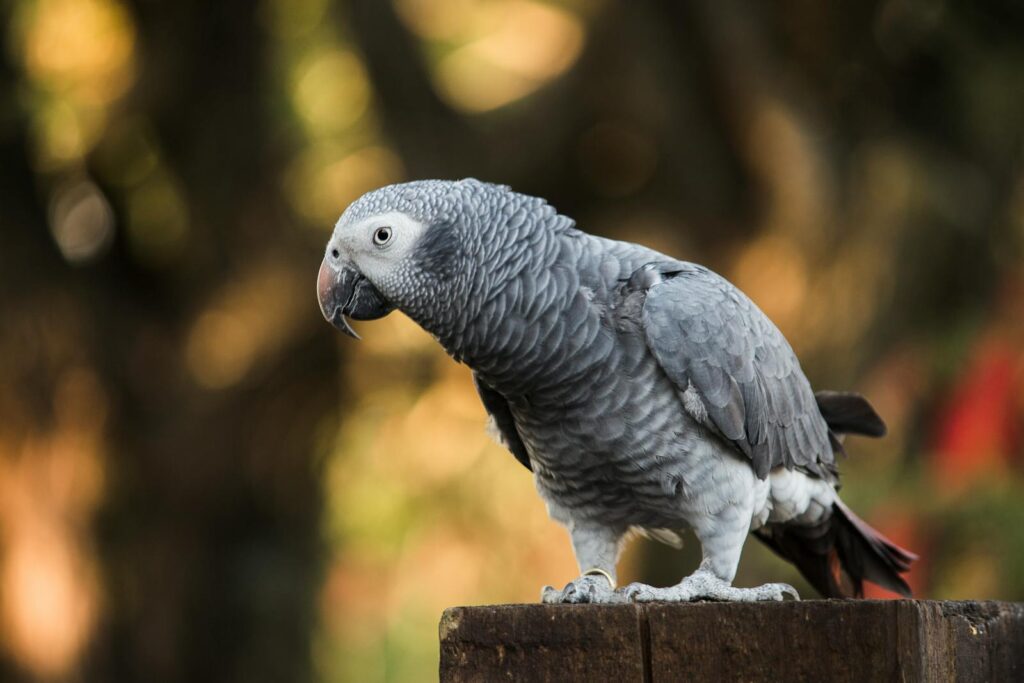
The development of predator mimicry in birds represents a fascinating case of convergent evolution, where different species independently arrive at similar adaptive strategies. This phenomenon provides these birds with significant survival and competitive advantages in their respective ecosystems. By convincingly imitating predators, these avian mimics can deter potential threats without actually possessing the physical capabilities of true predators. This form of Batesian mimicry—where a harmless species mimics a harmful one—requires less energy investment than developing actual defensive capabilities like toxic compounds, powerful beaks, or sharp talons. The success of this strategy is evidenced by its appearance across multiple unrelated bird lineages worldwide, suggesting it represents an optimal solution to certain ecological pressures that transcends geographic boundaries.
The Neurological Basis of Mimicry
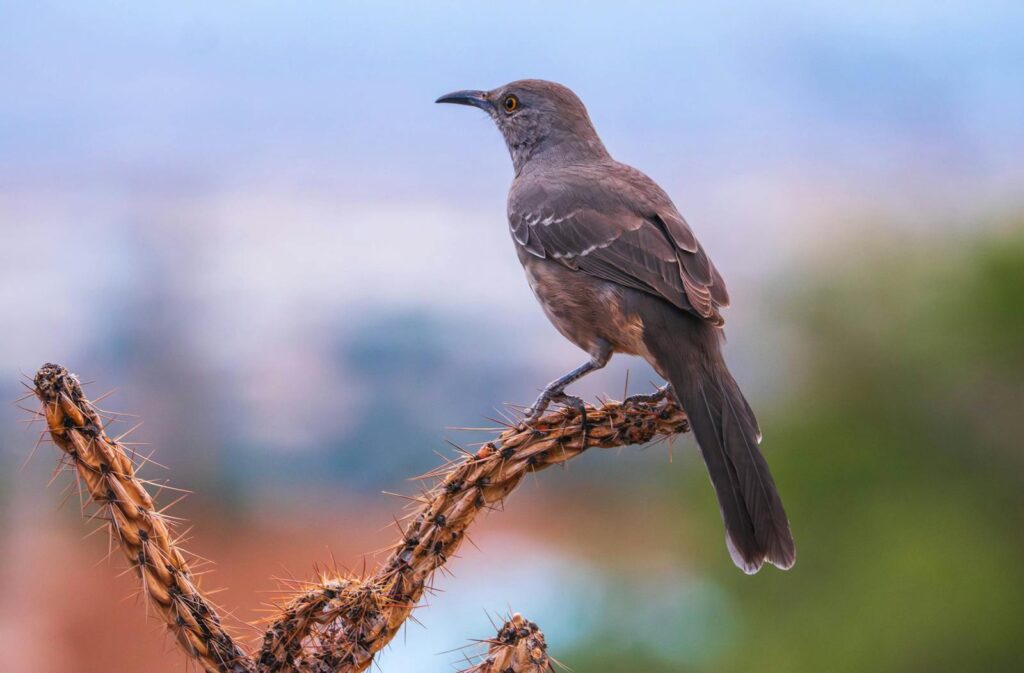
Recent advances in neuroscience have begun to illuminate the extraordinary brain adaptations that enable predator mimicry in birds. Birds like drongos and lyrebirds possess specialized neural circuits in their auditory processing centers that allow them to both recognize and reproduce complex sounds with remarkable fidelity. Avian brain imaging studies have revealed that these mimics have enlarged areas in the caudal nidopallium, a region involved in sound processing and production. The specialized syrinx of mimicking birds contains additional muscles and neural connections compared to non-mimicking species, allowing for unprecedented vocal control. Most fascinating is evidence of neuroplasticity in these birds, as their brains appear capable of forming new neural pathways throughout their lives as they learn new sounds, similar to how human musicians develop specialized neural networks through practice.
The Social Impact of Predator Mimicry

The ability to mimic predators significantly affects the social dynamics of bird communities, creating complex interspecies relationships. Birds that employ deceptive mimicry must balance the short-term benefits of successful deception against potential long-term costs if other species learn to ignore their false alarms. Studies in African savannas have documented fascinating “arms races” between drongos and their target species, with meerkats and other animals developing increasingly sophisticated abilities to distinguish genuine predator calls from drongo mimicry. This has led to ever more complex deceptive strategies by the drongos, including switching call types when a particular mimicry becomes ineffective. These interactions create what ecologists call “information landscapes” within ecosystems, where the reliability of alarm signals becomes a valuable and contested resource that shapes community structure and behavior.
Predator Mimicry in Juvenile Birds
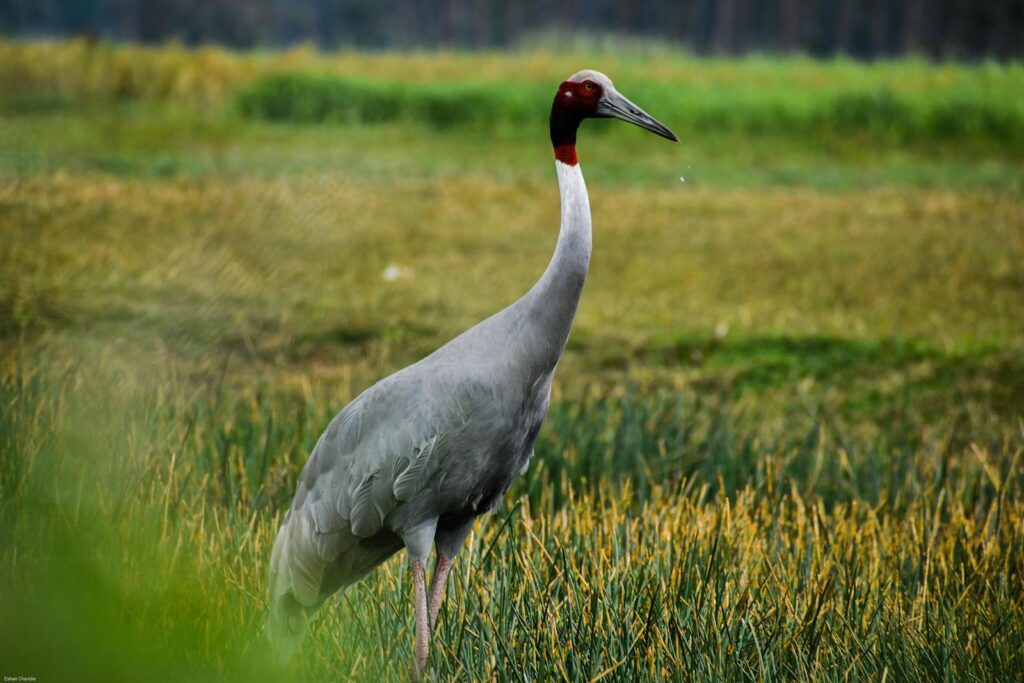
Some of the most striking examples of predator mimicry occur specifically during the vulnerable nestling and fledgling stages of avian development. The aforementioned cinereous mourner represents just one example of this phenomenon, which appears across diverse bird families. The nestlings of certain hawk-cuckoo species bear plumage patterns that create the illusion of a predator’s face when viewed from above, complete with false “eyes” and beak markings. Young killdeer employ a different strategy, with their high-pitched alarm calls mimicking those of much larger, more threatening birds to deter predators despite their small size. These juvenile adaptations demonstrate how natural selection can target specific life stages with unique protective strategies, addressing the heightened vulnerability of young birds before they develop adult defensive capabilities or flight skills.
Visual Mimicry Strategies
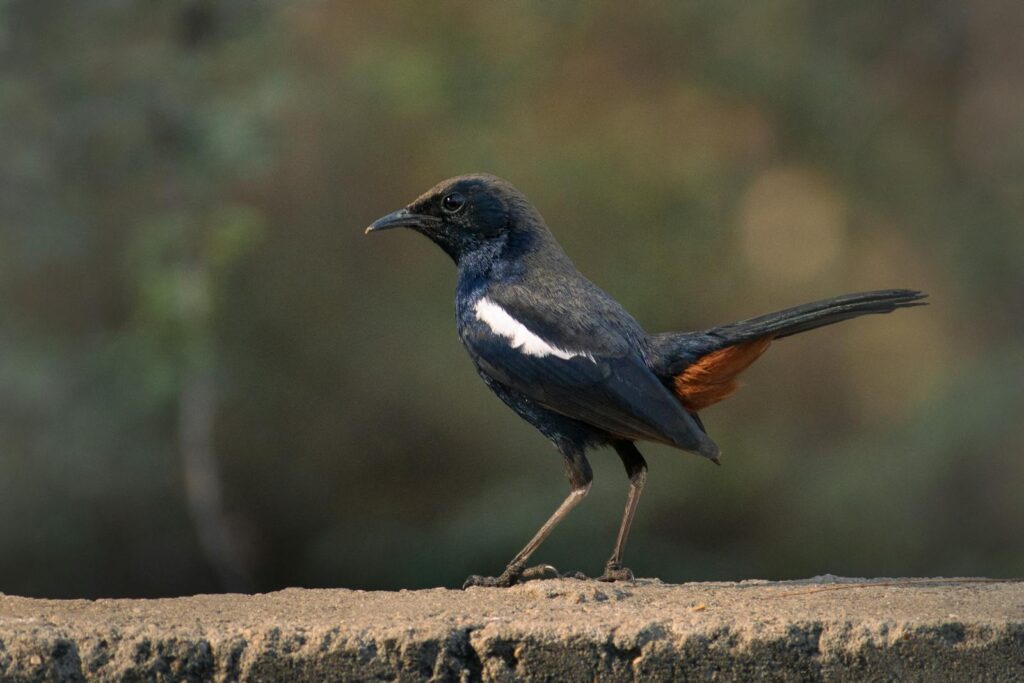
While vocal mimicry receives the most attention, visual mimicry plays an equally important role in avian predator deception. Several species employ elaborate visual displays that create the impression of larger, more dangerous creatures. The sunbittern of Central and South America unfurls its wings to reveal dramatic eyespot patterns resembling the face of a large predator when threatened. The Eurasian bittern adopts a remarkable “skypointing” posture when alarmed, stretching vertically with its beak pointed upward to create a profile resembling a branch or reed—effectively disappearing into its wetland habitat despite its substantial size. Most dramatic perhaps is the defensive display of the hoatzin, which spreads and moves its wings in a manner reminiscent of a much larger raptor, while simultaneously producing hissing vocalizations that enhance the threatening display.
The Role of Mimicry in Mating Success
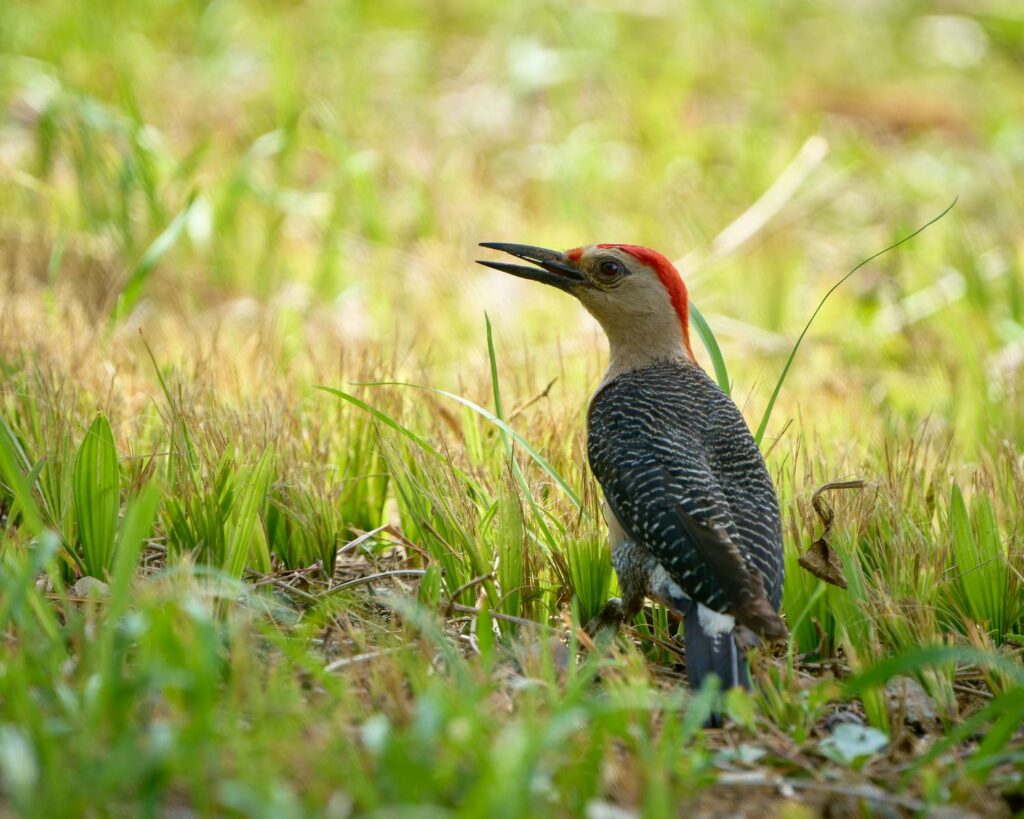
Intriguingly, the predator-mimicking abilities that evolved primarily for defense often serve double duty in sexual selection processes. Male lyrebirds that can accurately reproduce the calls of regional predators tend to attract more mates, suggesting females use mimicry proficiency as an indicator of genetic fitness. Similar patterns have been observed in fork-tailed drongos, where individuals with more extensive vocal repertoires achieve higher mating success. This dual functionality creates a powerful evolutionary pressure that reinforces and refines mimicry abilities across generations. The connection between defensive mimicry and sexual selection represents a fascinating example of how natural selection (survival advantage) and sexual selection (reproductive advantage) can work in tandem to drive the development of extraordinary adaptations that might otherwise seem disproportionately complex for a single purpose.
Conservation Implications of Predator Mimicry

The specialized nature of predator mimicry creates unique conservation challenges for the species that employ these strategies. Birds that mimic local predators must learn regional calls and behaviors, meaning that translocation efforts or captive breeding programs must account for these learned components of their defensive repertoire. Additionally, as climate change forces species migrations and habitat shifts, mimicking birds may find themselves in environments with unfamiliar predators whose calls and behaviors they cannot effectively reproduce. Human acoustic pollution presents another threat, potentially interfering with the ability of young birds to learn accurate predator mimicry or reducing the effectiveness of mimicked calls in noisy environments. Conservation strategies for these specialized mimics must therefore consider not just habitat preservation but also the maintenance of the intricate information ecosystems in which these remarkable, deceptive behaviors evolved.
Conclusion
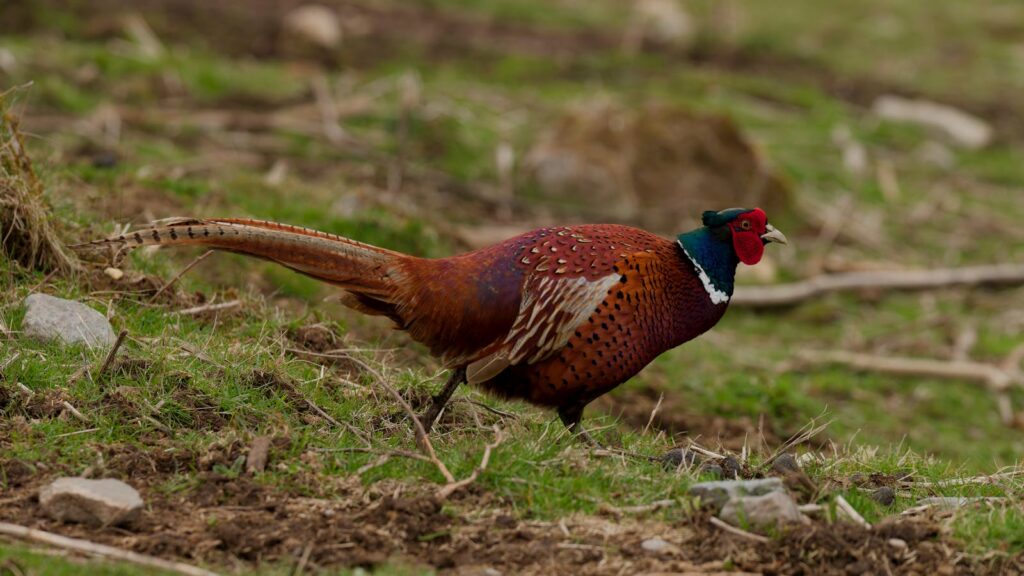
The phenomenon of birds pretending to be predators represents one of nature’s most sophisticated evolutionary innovations. Through complex vocal mimicry, visual displays, and behavioral impersonation, various avian species have transformed themselves from potential prey into convincing imitations of the very predators they fear. This adaptation showcases the incredible power of natural selection to produce solutions that transcend conventional physical adaptations. As our understanding of animal cognition continues to evolve, these feathered impostors challenge us to reconsider the cognitive and behavioral complexity possible within the avian brain. In their deceptive displays, we witness not just a fascinating survival strategy but a testament to the endless creativity of evolutionary processes that continue to shape the remarkable diversity of life on our planet.
